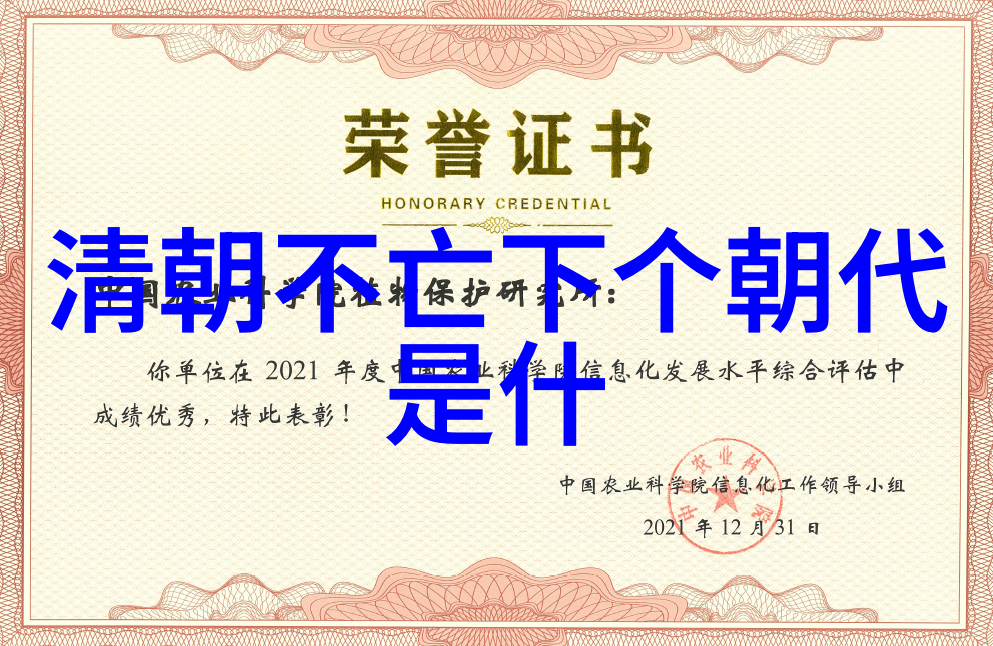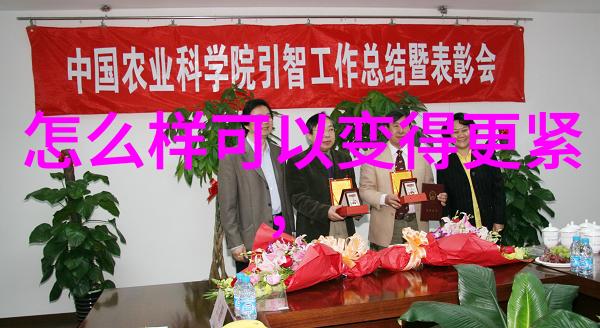The Ming Dynasty: A Golden Age of Chinese History
The Ming dynasty, which lasted from 1368 to 1644, is considered one of the most prosperous and culturally rich periods in Chinese history. During this time, China experienced a resurgence in power and influence on the world stage.
Political Stability Under the Hongwu Emperor
The founder of the Ming dynasty was Zhu Yuanzhang, also known as the Hongwu Emperor. He united various warring factions under his rule and established a strong centralized government based on Confucian principles. This political stability laid the foundation for a long period of peace and prosperity.
Economic Growth Through Agriculture and Trade
Under the guidance of Confucianism, agriculture became an essential part of society during this era. The development of irrigation systems led to increased crop yields and improved agricultural productivity throughout China's vast regions. Additionally, trade flourished with neighboring countries such as Japan and Korea.
Cultural Achievements During The Yongle Reign
One notable aspect during this time was cultural achievements under Emperor Yongle (ruler from 1402-1424). He commissioned famous voyages led by Admiral Zheng He across Southeast Asia and India, fostering diplomatic relationships with other nations while promoting Chinese culture through gifts such as porcelain art pieces.
Decline And Fall Of The Dynasty
However, despite its numerous accomplishments during its reign over three centuries ago - including stunning architectural feats like Beijing's Forbidden City - factors such as internal strife among royal family members alongside external threats posed by invading Manchu forces ultimately contributed to decline followed by eventual fall towards end in early 17th century when Qing dynasty took control over China's throne once more; ending an age marked by remarkable growth & transformation that left lasting impressions upon global landscape today



